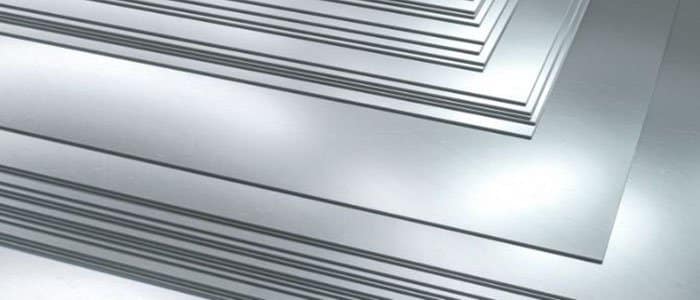Stainless steel is a material we encounter every day. From the kitchen sink to the surgical instruments in a hospital, its versatility and durability make it indispensable. However, not all stainless steel is the same. The terms “medical stainless steel” and “food grade stainless steel” are often used, but they refer to materials with very different standards and purposes. This article will break down the key distinctions between these two types of stainless steel.
What is Food Grade Stainless Steel?
As the name suggests, food grade stainless steel is specifically designed for applications that come into direct contact with food. Its primary purpose is to be safe, durable, and easy to clean in a food environment.
The most common type of food grade stainless steel is Grade 304. It offers excellent resistance to a wide range of food products, including those with mild acidity. For more demanding environments, such as processing salty or acidic foods, Grade 316 is often preferred due to its superior corrosion resistance, thanks to the addition of molybdenum.
The key requirements for food grade stainless steel are:
- Corrosion Resistance:It must not rust or corrode when exposed to water, food acids, and cleaning chemicals.
- Non-Toxicity:The material must not leach any harmful chemicals into the food, ensuring it remains safe for consumption.
- Ease of Cleaning:Its surface must be non-porous and smooth, preventing bacteria growth and allowing for thorough sanitation.
You can find food grade stainless steel in products like kitchen sinks, cookware, cutlery, and large-scale food processing equipment.
What is Medical Stainless Steel?
Medical stainless steel is engineered for a much more critical environment: the human body and clinical settings. The standards for this material are significantly higher because it directly impacts human health.
The most common grades used in medical applications are 316 and 316L (the “L” stands for low carbon, which makes it more resistant to corrosion after welding). For instruments that require a sharp edge, like scalpels, martensitic grades such as 420 or 440 might be used because they can be hardened.
The defining characteristics of medical stainless steel include:
- Biocompatibility:This is the most critical factor. The material must not cause any adverse reaction when in contact with human tissue or bodily fluids. It must be completely inert within the body.
- High Strength and Durability:It needs to withstand significant stress and repeated use without failing.
- Sterilization Compatibility:Medical tools and implants must endure rigorous sterilization processes, including high-temperature steam and harsh chemicals, without degrading.
- Non-Magnetic Properties:For many applications, especially around MRI (Magnetic Resonance Imaging) machines, the stainless steel must be non-magnetic to ensure patient safety and equipment functionality.
This type of stainless steel is used for surgical instruments, implants (like artificial joints and dental fixtures), and medical devices.
The Key Differences at a Glance
While both types are stainless steel, their differences are defined by their application and the strictness of their standards.
| Feature | Food Grade Stainless Steel | Medical Stainless Steel |
| Primary Goal | Safe contact with food | Safe contact with the human body |
| Key Property | Corrosion resistance, non-toxicity | Biocompatibility, high strength |
| Common Grades | 304, 316 | 316L, 420, 440 |
| Governing Standards | FDA (or equivalent food safety) | Strict medical device regulations (e.g., ISO 10993) |
| Typical Use | Cookware, food processing equipment | Surgical tools, implants |
Can They Be Used Interchangeably?
The simple answer is no. Using food grade stainless steel for a medical implant would be dangerous, as its biocompatibility is not certified. Conversely, using medical grade stainless steel for a kitchen pot is possible but economically impractical—it would be a significant and unnecessary expense. The material is chosen based on the specific demands of its intended environment.




